
The fabric device distributes the materials evenly on the conveying mesh belt, and the motor drives the mesh belt to rotate, so that the materials circulate on each layer of the mesh belt, and finally output from the discharge port. The fan will send the heated hot air into the box, contact with the material, complete the heat transfer process, so as to achieve the purpose of drying the material.
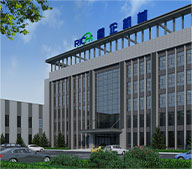
Brand
RICHI
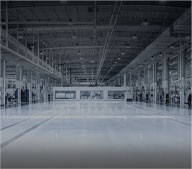
Model
DHG
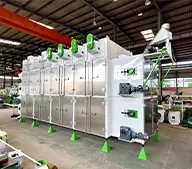
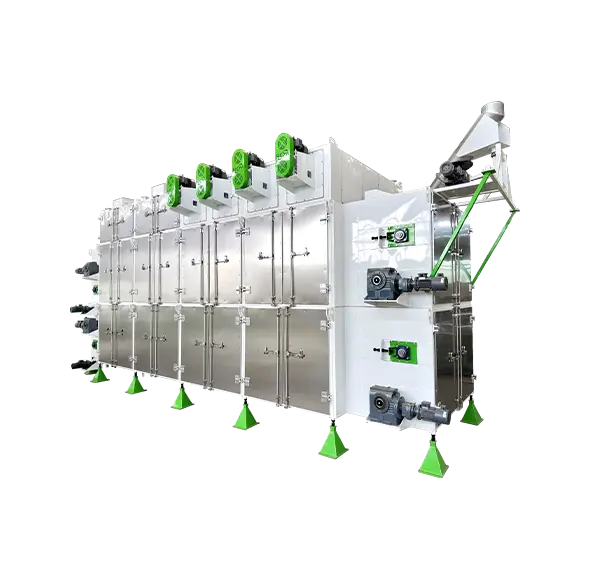
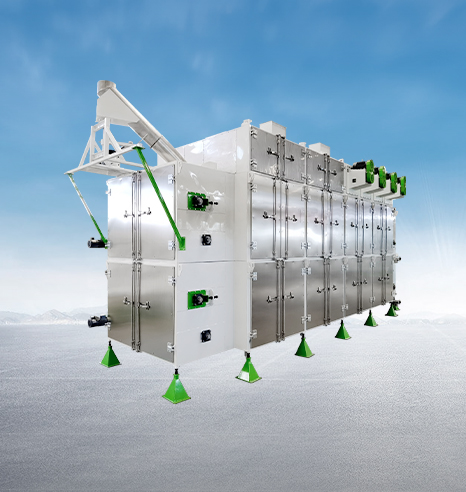
| Model | DHG-400 | DHG-500 | DHG-1000 | DHG-2000 | QHG-500 | QHG-1000 | QHG-2000 |
|---|---|---|---|---|---|---|---|
| Heating Method | Electric Heating | Electric Heating | Electric Heating | Electric Heating | Steam Heating | Steam Heating | Steam Heating |
| Power (kw) | 40+0.55*4+0.55 | 50+2.2*2+0.75 | 70+2.2*3+1.5 | 132+2.2*3+1.5 | 2.2*2+0.75 | 2.2*3+1.5 | 2.2*3+1.5 |
| Mesh Belt Layers | 5 | 5 | 5 | 5 | 5 | 5 | 5 |
| Mesh Belt Width (m) | 0.8 | 1.0 | 1.2 | 1.6 | 1.0 | 1.2 | 1.6 |
| Drying Area (m²) | 13 | 21 | 43 | 58 | 21 | 43 | 58 |
Technological innovation is essentially all about customer service. To make you feel the convenience of RICHI's products, technologies and solutions in the process of your production.
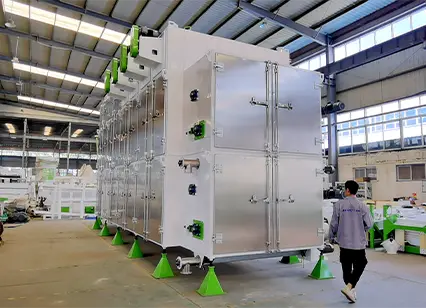
Multi-Pass Drying Design
Multi-layer conveyor system for precise moisture control and stable drying quality. Maximum utilization of space, small footprint and high output.
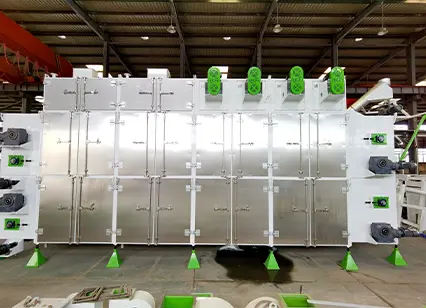
Advanced Airflow Optimization
Enhances heat transfer efficiency, reducing energy consumption. Prevents overheating or under-drying by ensuring even exposure to heat.
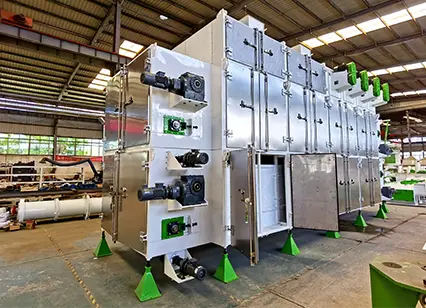
Intelligent Control System
Enables precise monitoring and adjustments for optimal drying conditions. Minimizes manual intervention, reducing labor costs.
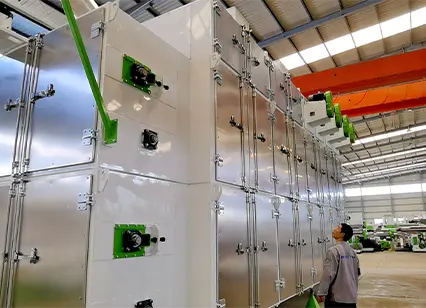
Energy Recovery Mechanism
Improves environmental sustainability by minimizing heat loss. Supports high-capacity drying while maintaining energy efficiency.
Discover our streamlined buying process that makes it simple and efficient for you to get a complete pellet production line. Every step of the way is customized for your convenience, from the initial schematic design and precise manufacturing process to secure payment options and on-site installation and commissioning. At the same time, our dedicated spare parts service ensures ongoing support and optimal machine performance, giving you peace of mind for years to come.


Solution Formulation
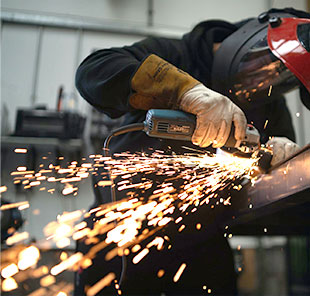
Equipment Manufacture

Secure Payment
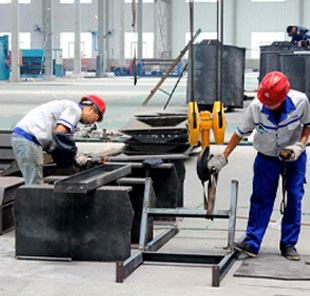
Spare Parts Service
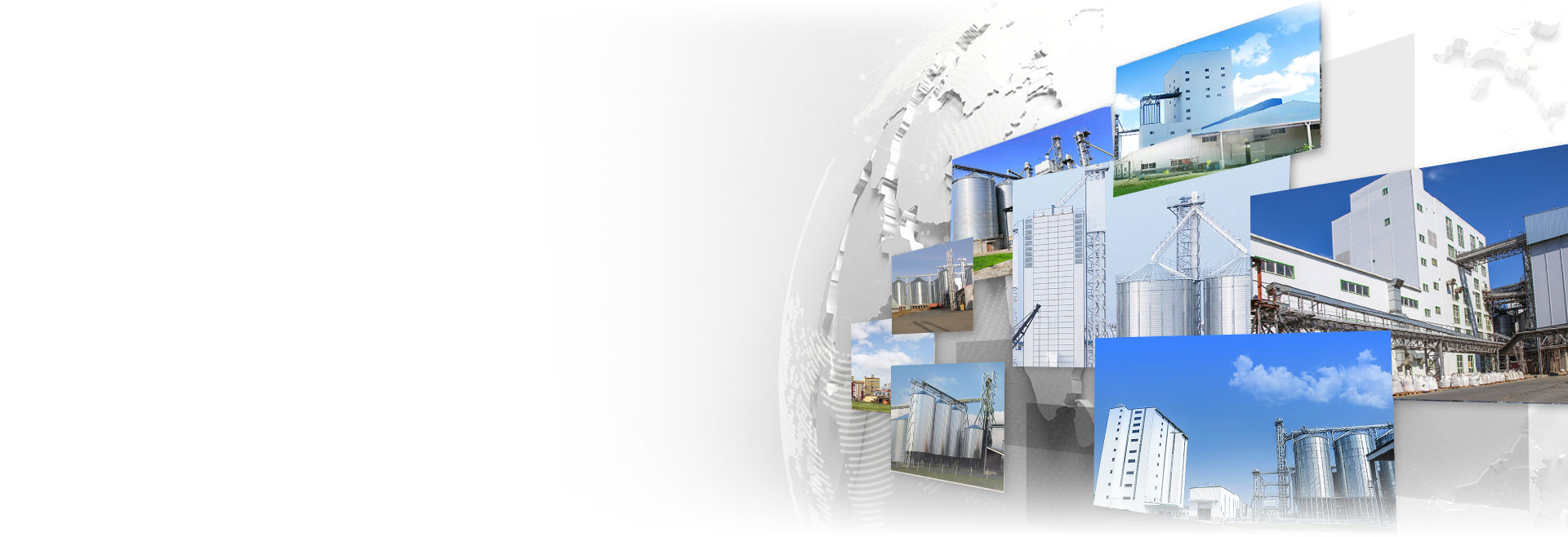
Henan RICHI Machinery Co., Ltd
Henan Richi Machinery Co., Ltd was founded in 1995. After nearly thirty years of development and expansion, RICHI Machinery has grown into a modern enterprise covering an area of 60,000 square meters and integrating independent research and development, production and sales.
The products involve feed pellet machinery and engineering, biomass pellet machinery and engineering, organic fertilizer machinery and engineering, conveying equipment and engineering, steel structure engineering, silo, automation control technology and engineering, etc., and each product series has passed ISO 9001 international quality management system certification and CE certification!
Get Quote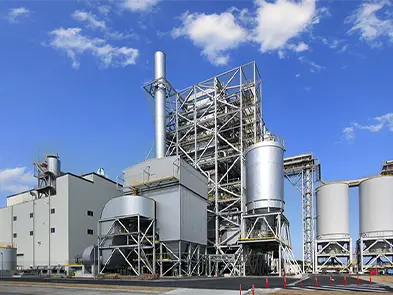

The system is fully automated, enabling seamless operation with minimal labor and supporting sustainable agricultural practices through the use of alfalfa and other forages. Of course you can also use other materials for pelletizing.
Learn More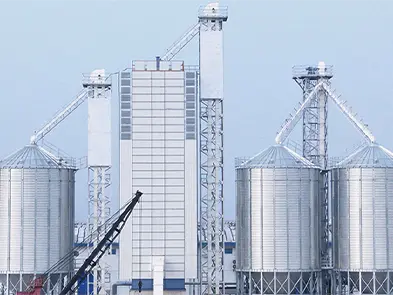

This state-of-the-art equipment supports a wide range of feed formulations for poultry and livestock, improving feed quality and reducing production costs. And its scalable design accommodates future expansion.
Learn More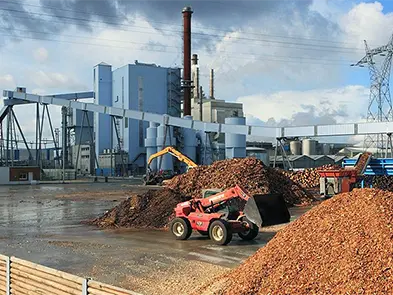

Hardwood residues are processed into durable, high-energy biomass pellets. Designed for industrial production, the system utilizes advanced drying and pelletizing technologies to ensure efficiency and quality.
Learn More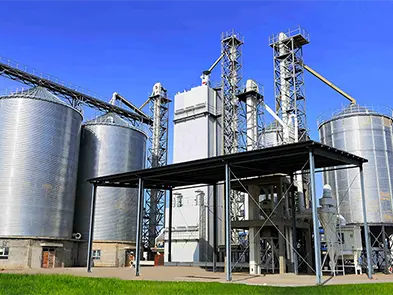

This project is capable of producing fish and shrimp feeds, equipped with precise extrusion technology for superior feed quality. The customer emphasizes its reliability and ease of operation as the main advantages.
Learn More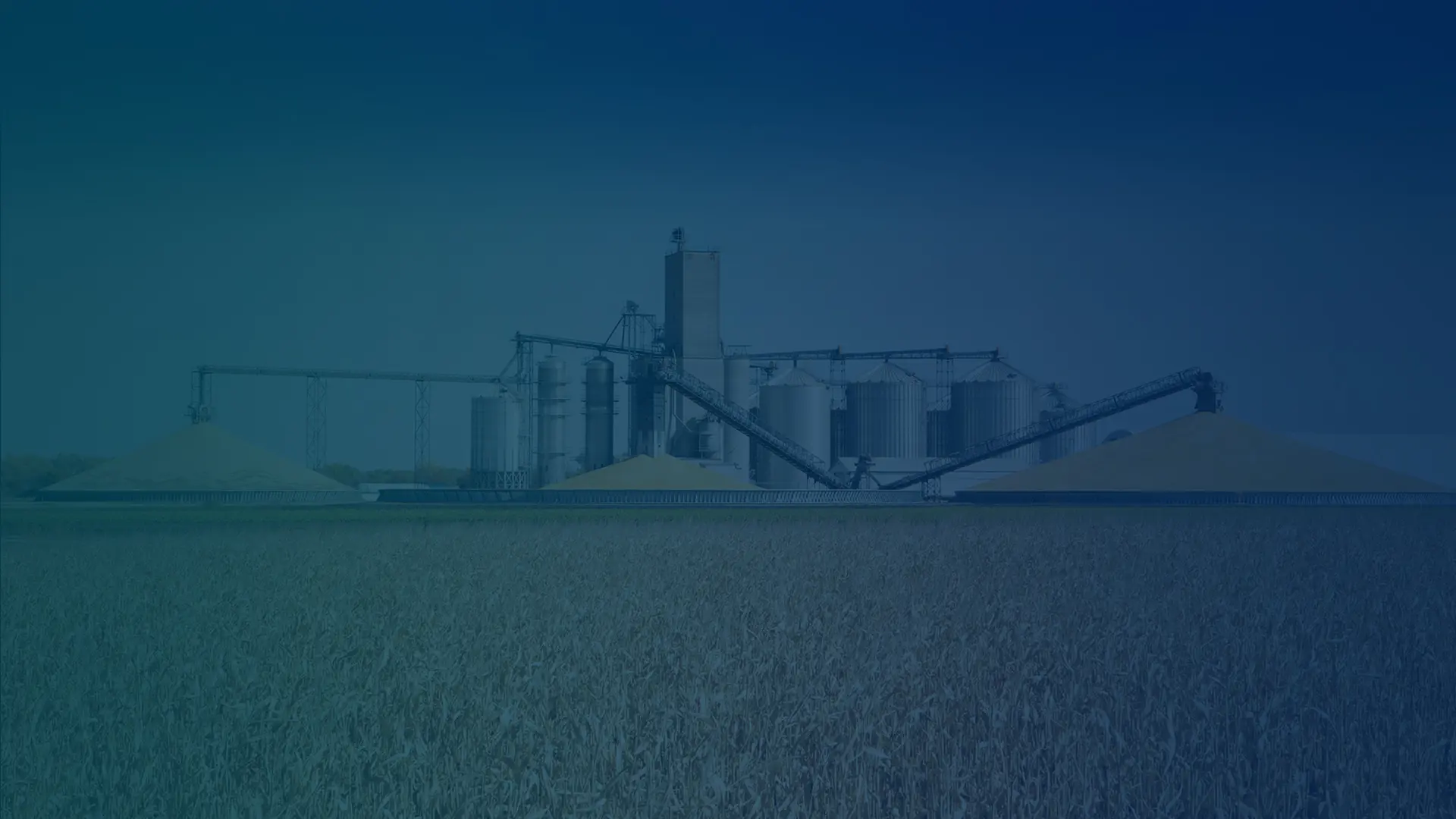
What kind of pellet production line do you want to establish?
How many tons per hour about this line you want to build?
Where is this pellet production line going to be built?
When do you plan to start the operation?
A multi-pass convection belt dryer is used to efficiently dry materials such as pellets, granules, or powders by exposing them to controlled heat and airflow across multiple conveyor belt layers. This type of dryer is commonly utilized in industries like animal feed production, aquaculture, biomass energy, and food processing.
The dryer ensures uniform moisture reduction by allowing materials to pass through several drying zones, each with adjustable temperature and airflow settings. This design is ideal for large-scale operations, as it maximizes drying efficiency while minimizing floor space requirements. The multi-pass approach also helps achieve consistent product quality, making it suitable for materials that require precise moisture control for durability and performance.
The multi-pass convection belt dryer works by drying materials as they move across multiple layers of conveyor belts within a heated chamber. The process is designed for efficient and uniform drying of materials like pellets, powders, or granules. Here's how it works:
The multi-pass convection belt dryer is highly versatile and can process a wide range of materials across various industries. Common materials include:
The multi-pass design in a convection belt dryer offers several key advantages, particularly in terms of efficiency, space utilization, and product quality:
The typical drying time in a multi-pass belt dryer varies depending on the material type, initial moisture content, desired final moisture level, and the dryer settings. Generally, drying times range from 15 to 60 minutes.
Yes, the drying temperature can be precisely controlled to suit different materials, ensuring optimal drying without damaging the product.
Yes, modern multi-pass belt dryers are equipped with heat recovery systems and optimized airflow designs to minimize energy consumption.
The material loading and unloading process in a multi-pass convection belt dryer is designed to ensure smooth, continuous, and efficient operation.
Yes, its design optimizes power usage while maintaining high performance.
Yes, the multi-pass convection belt dryer is designed for seamless integration with other equipment like pellet mills, coolers, and packaging systems.
If you need further information, please contact us

For all inquiries fill in the form below to send us a brief message,and we will get back to you as soon as possible

RICHI stick to the service principle is: We are focusing on your future, your future is our future!
© HENAN RICHI MACHINERY CO., LTD 1995-2025
Product Line-Up / Privacy Policy